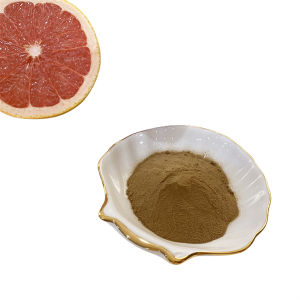Trace element are essential for the healthy growth and development of plants, but sometimes they can become deficient in the soil, leading to stunted growth, yellowing leaves, and poor fruit or flower production. Here are some ways to address plant trace element deficiency:
Soil testing: Before adding any trace element to your soil, it’s important to first test it to determine which nutrients are lacking. This will help you target your efforts and avoid over-fertilizing.
| Fertilize with trace element: Once you know which trace element your plants need, you can add them to the soil through fertilizers. |  |
There are many different trace element fertilizers available, such as iron, zinc, and manganese, which can help correct deficiencies.
Foliar sprays: In some cases, applying trace element directly to the leaves of plants can be more effective than adding them to the soil. Foliar sprays are a quick and efficient way to deliver trace element to plants, as they are absorbed directly through the leaves.
Use organic matter: Adding organic matter to the soil can help improve its overall health and fertility, making it easier for plants to access trace element.
By following these tips, you can effectively address trace element deficiencies in their plants, leading to healthier growth and better yields. Remember to always follow the recommended application rates for trace element fertilizers and consult with a professional if you are unsure about how to address deficiencies in your soil.
Post time: Sep-09-2024




